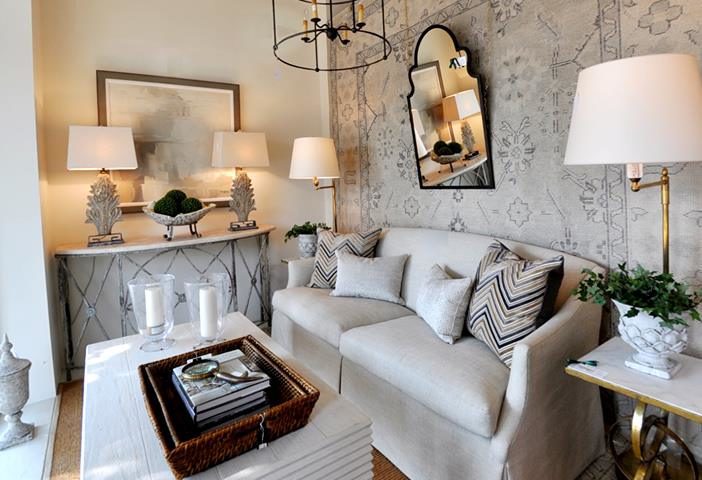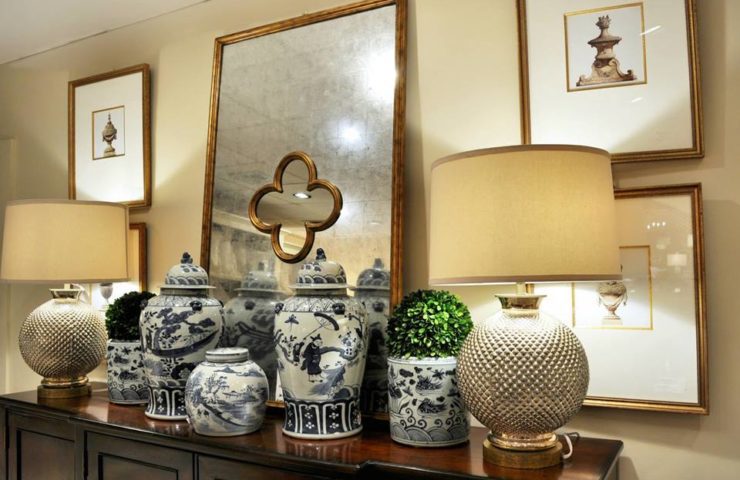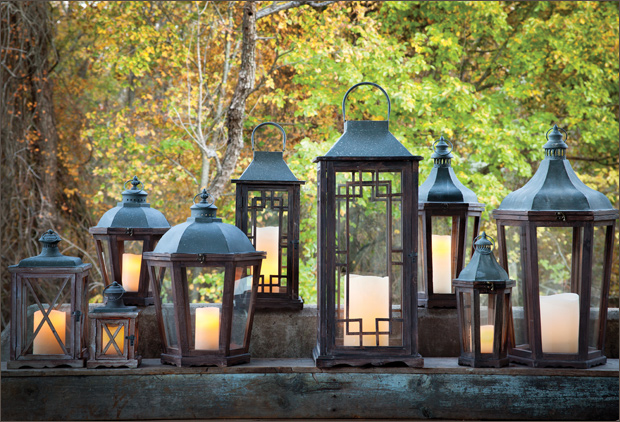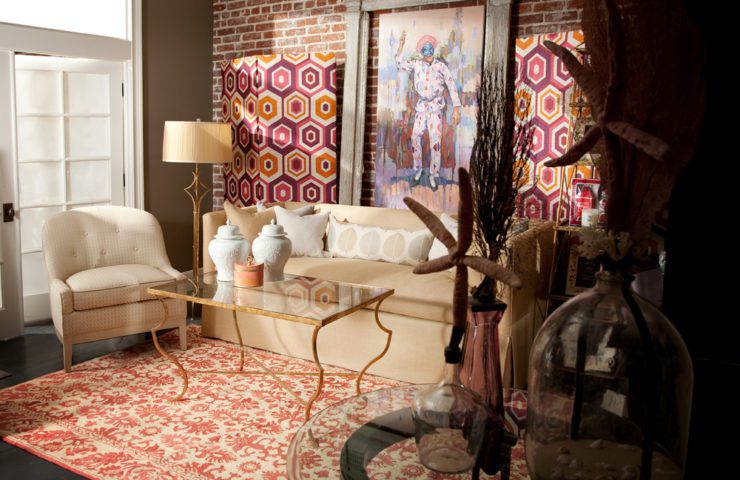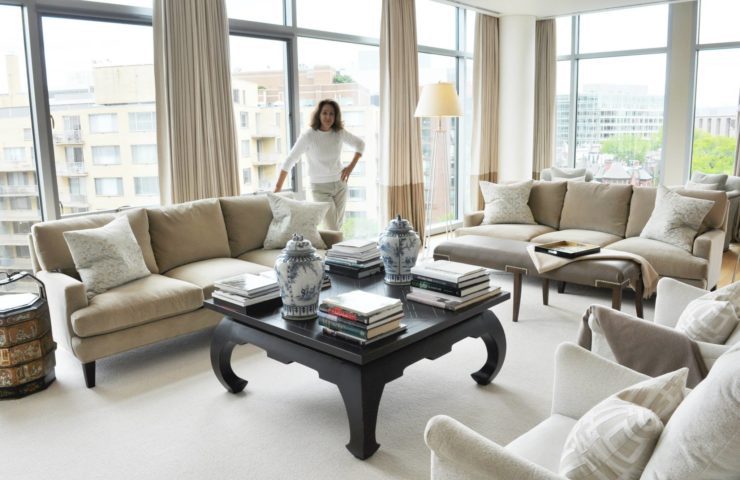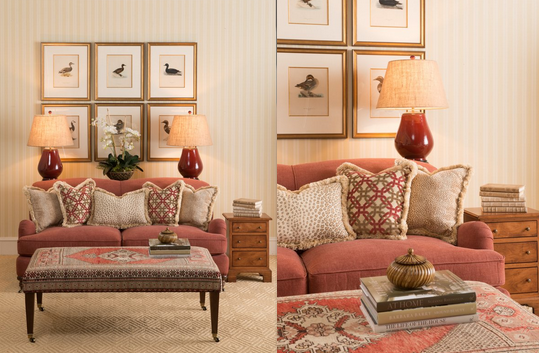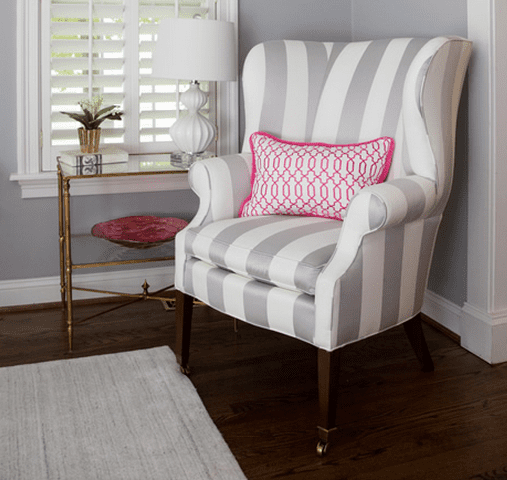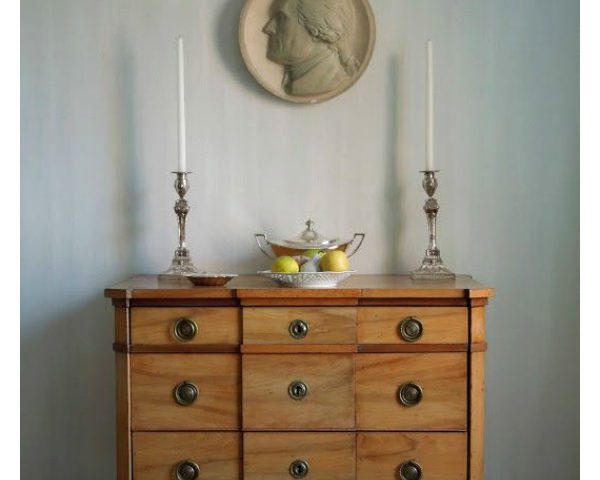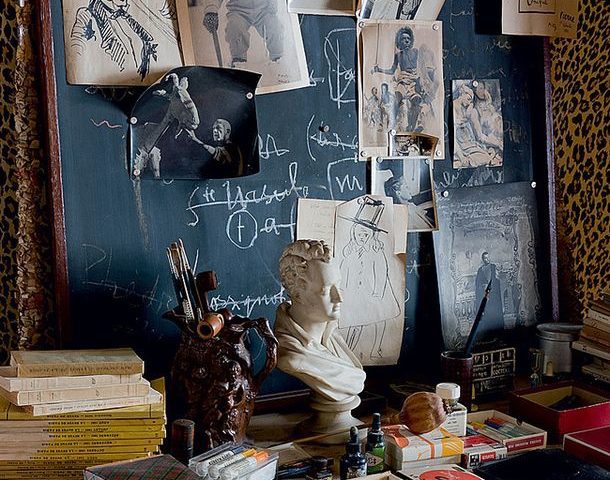Paint a Room – Get a New Look
Whether you have moved into a new home and want to make it your own or want to refresh and/or update a current room all it takes is a little time. Painting a room is the fastest and least expensive way to rejuvinate a room yourself. There are an infinite number of colors and painting is the most versatile and easiest thing to change in a room. So, if you are changing many things in a room (rug, upholstery, artwork) choose the paint color last.


Painting isn’t hard but it will take a little patience.
Step 1 – Choosing a Color
First you should decide whether you want the color to be a background to the other elements in your room or whether you want the color to make a statement in and of itself. According to Barbara Jacobs of HGTV.COM “the effects of color are subtle and significant; physical and psychological.” Keep in mind that neutrals and soft colors are soothing while darker colors are more powerful and dramatic. Use your local paint store or home improvement store to do research on colors. Use the internet too. There are thousands of articles on paint color and how color makes you feel.
The best advice I have heard (and taken advantage of) is to buy a pint of the color you like (usually around $10) and paint a piece of poster board or a section of your wall. Try a few colors or shades within that color. Remember to view the color in different types of light, evening with lights, strong natural sunlight and even on rainy days. The light will affect and change the color you choose.
Finally consider what finish you need or want for your walls. Flat and eggshell are great for hiding imperfections while semi and high gloss add drama and reflect light.
Step 2 – Preparing the Room
This is where patience comes in.
- Remove all window treatments, artwork and mirrors then either remove or move rugs and furniture to the center of the room and cover them with a tarp.
- If you have wall mounted light fixtures remove those and wall faceplates. The safest way to do this is to turn the electricity off in the room prior to removal.
- Use spackle to fill in nail holes, cracks and any other dents. When the spackle dries use a fine grade sandpaper to smooth the spots on the wall. And sand the woodwork.
- Vacuum the floor, the walls, the woodwork and the ceiling – starting at the top and working your way down.
- Use a damp cloth and soapy water to remove any remaining dust or grime. If you are painting a kitchen or bathroom you may need to add a little elbow grease or stronger cleaning solution. Be sure to rinse thoroughly if you use a stronger solution.
- Most DIY painters need to tape the windows and ceiling. Because the wall is painted last you don’t really need to tape when doing the ceiling. When painting the walls reverse this and tape the ceiling (wait until the paint is dry). When painting woodwork tape the wall that abuts the woodwork.
Step 3 – Painting the Room
- When painting an entire room, like cleaning, start at the top with the ceiling, tackle the trim and finish with the walls.
- Typically a ceiling is painted a shade of white. Cut in with an angled brush about 3 inches from the wall in. Cut in all around the room. Then using a roller with an extension and starting at the furthest corner from the exit (don’t want to paint yourself into a corner).
- The window trim, base boards and doors are next. Using an angled brush begin with the windows and doors, ending with the baseboards. Remember to tape the floors so you don’t drip. Again don’t worry about taping the walls unless you are painting the walls a neutral color and the trim a stronger color.
- Finally it is time for painting the walls. When the ceiling paint and trim are dry you can tape them to avoid the wall color seeping.
- Before you roll the color onto the walls, cut in with an angled brush. You should cut in around the ceiling and around all the baseboards, windows and doors.
- After you have cut in you can use your roller and extension to paint the walls. Start at the top and work your way down, one wall at a time.
- Once the wall paint dries you can remove the tape.
Final Tips
- Make sure you have all your supplies ready before you start.
- Make sure you have enough paint. If you run out mid-room you will be able to get the “same” color but it may be slightly different because it was mixed at different times.
- You will probably need two coats on the wall and if you are painting over a strong color you should start the walls with a primer.
- Have a roll of paper towels ready for spills and drips.
- If you take a break mid painting clean your brushes, latex paint dries quickly.
- When you have finished clean all your tools and mark the paint can with the date and the room in which the paint was used.
It may seem like a lot of work but if you plan ahead you can have a new look in a weekend.
If you need help choosing a paint color or trying to coordinate your room please stop by The Kellogg Collection, our associates are always here to help. You can also try many of the apps available for coloration – Benjamin Moore’s ColorCapture or Sherwin Williams ColorSnap are easy to use.
Good Luck!



